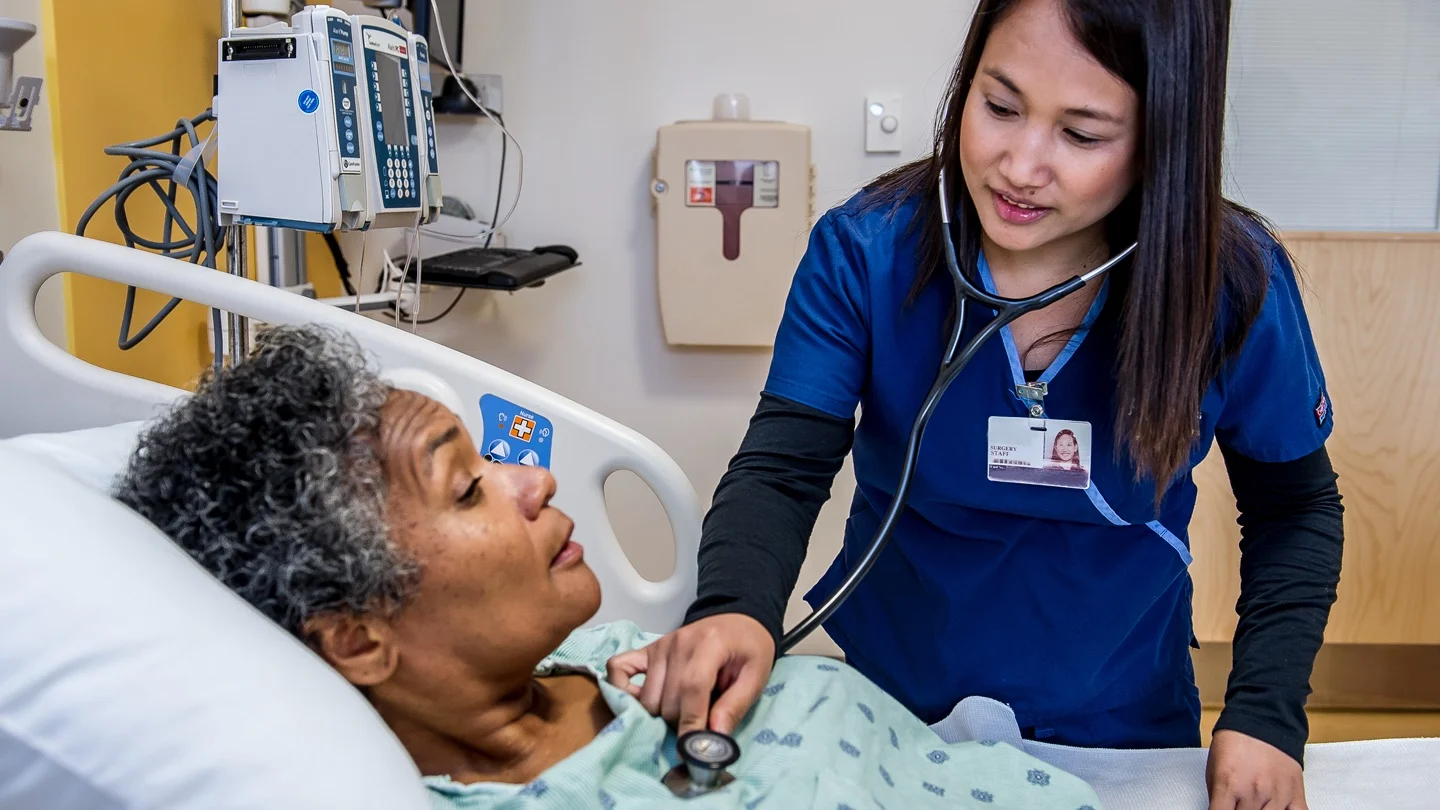Today our topic of discussion is Echoencephalography of Medical Surgical Procedures.
Echoencephalography of Medical Surgical Procedures

ECHOENCEPHALOGRAPHY
Echoencephalography is an ultrasound study performed to assist in the diagnosis of abnormalities of the midline cerebral structures that are associated with pathology. especially that shift of a ventricle.
The procedure has generally been replaced by computer tomography (CT) in adults and children because the ultrasound beam is unable to penetrate the skull bone and is known to attenuate the echo reverberations within the skull.
It is however, still an effective diagnostic study performed on infants and children under 2 years of age because the finding, echoencephalography can be followed by CT and radionuclide scanning (Fig. 29.64).
Reference Values
Normal position and size of cerebral midline structures; no third ventricle deviation or abnormal anatomic position of the right and left ventricles.
Interfering Factors
- Inability of client to remain still and maintain the head in position, especially if client is a child
- Thick hair growth at the test site
- Incorrect placement and movement of the transducer
- over the temporal area of the skull Jewelry on the neck or ears.

Indications for Echoencephalography
- Determining the rate of blood flow in an area revealed by changes in intracranial pulsations, distribution patterns and contours
- Suspected cerebral edema, subdural or extradural hemorrhage revealed by a shift of midline structures of 3 mm or more
- Suspected lesions such as tumor or abscess in children revealed by enlarged third ventricle of 7 mm or more; 10 mm or more in adults
- Monitoring hydrocephalus status in infants.
Client Preparations
- Client teaching and physical preparation are the same as those for any ultrasound procedure.
- Remember any jewelry and obtain a history that includes neurological conditions and therapy
- Perform baseline neurological checks for y comparisons.
Procedure
- The client placed on the examination table in a supine position.
- The head is positioned to the side on a foam pillow and conductive gel is applied to the temporal area
- Heavy hair growth can be cut before the study with client or caregiver permission
- The client is requested to lie still during the procedure and, if the client is a small child, the head can be held in place by the assistant
- The transducer is placed over the area and an ultrasound beam is directed to the internal structures.
- As the beam is converted to impulses, the waveforms that are produced are visualized on the screen and record for later viewing
- When the study is completed, the gel is removed from the head.

Nursing Care after the Procedure
- Perform neurological checks and compare with baseline if an underlying pathological condition is known
- Provide a hair shampoo to remove the gel.
Read more:
